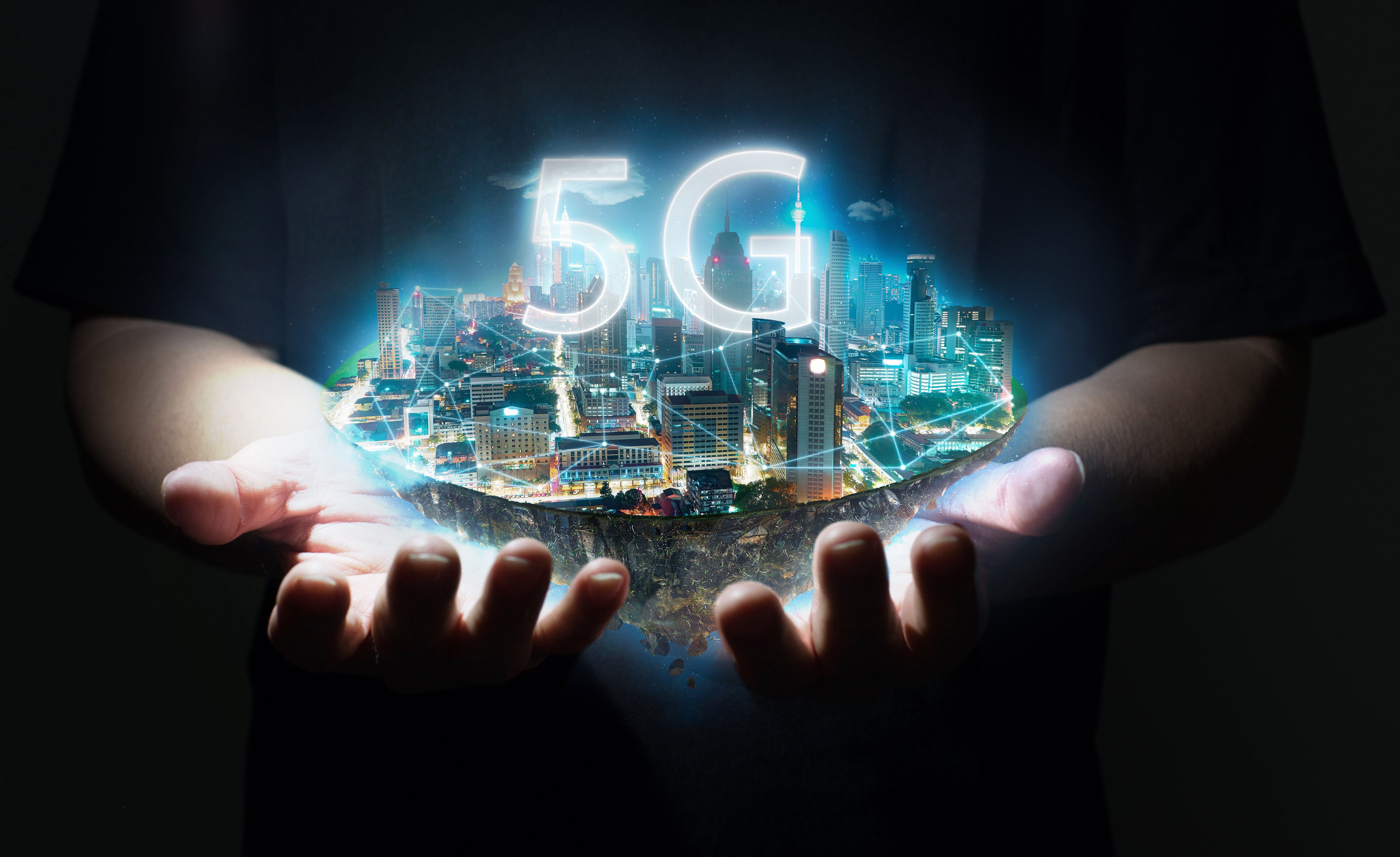Metaverse in the Broadcast industry?
With the name change of the Facebook universe to META, a new buzzword has emerged, the Metaverse or Meta Universe.
In our broadcast production and broadcast environment, it may not have much capillarity, but something can end up catching on.
The characteristics of the BroadcastMetaverse are the immersiveness of a direct event, of a television program in an interactive artificial universe. The use of artificial intelligence and advanced 3D graphics are used, for example, for a broadcast of a sports competition in a way that increases the level of realism and the immersion of the viewer. Use cases have already occurred in Golf championships in South Korea.
The Broadcaster, without neglecting the daily work, must already think about the disruption of the next years to be able to stay at the top of the entertainment ecosystem.

How can the broadcast audiovisual world be integrated into the multiverse?
Does it make sense to get on this train?
Tomorrow on the internet seems to sound like a multi-universe, and it describes a future of persistent 3D virtual spaces, shared and linked to a perceived virtual universe. Both in entertainment and even at work, proof of this is teleworking, which is strongly imposed after the pandemic, and what if it were done in a virtualized environment?
Let’s imagine in a few years how today’s youth will perceive television, whether it will have an ultra-large screen or jump to the augmented reality of VR glasses, for both cases the Broadcaster must be prepared, it must focus on the generation of higher quality resolution content and definition, jump to 4K or 8K and in parallel have content generated in V360 or even virtual reality environments, whether the consumption is in the metaverse or if it is in the Broadcaster app itself.
The audiovisual content generator must be prepared to allow viewers to access augmented reality content that complements a “classic” television program, characters and objects from programs that are interactive with the user through their Androids, iPhones, tablets or iPads.
We understand that the BroadcastMetaverse will be an additional means of communication between the viewer and the Broadcaster. Apparently the Meta Universe is considered the internet 3.0 so it is important to be attentive.
The time of television consumption as we know it today tends to be reduced, simply because the supply is constantly increasing and the day has 24 hours of which only some are used for entertainment. If there is more and more offer, VOD, OTT, Games, Metaverse,… it means that the viewer will spend less time watching television as we know it today, that is why it is relevant to introduce the tv element in these new ecosystems. Let’s imagine the future in 10 years, for example, where a spectator puts on virtual reality glasses for their entertainment in the cyber world, that meta universe, walks with their avatar through the big city and sees a live show, a game on a big screen of your favorite sport that is being broadcast by the Broadcaster on all platforms and devices, that is where the synergy of the worlds will lie, in live events, sports, news and programs where the interaction of the spectator is first above all. and seeing it later loses strength and is not even of interest.

Facebook (now META), Disney, Nike, Balenciaga, … are some of the companies that are being the locomotives of the cyberworld known as METAVERSES, in these environments, television has the opportunity to enter on time and for example interact with its viewers as the public of a program or having a guest who is a virtual avatar (this reminds us of Max Headroom, a mythical 80s tv series)… the hybrid, mixed or 100% virtual possibilities are immense.
This series of platforms can only exist by relying on the decentralization and protection offered by BlockChain.
The democratization of software, minimizing the costs of augmented and virtual reality, the increasingly widespread use of Unreal in presentations with virtual environments are the beginning of this new universe that we will undoubtedly see grow in the coming years.

Telefónica’s 5G and the future 6G will help accelerate the entire implementation of these cybernetic multiverses, the amount of information that will move on the internet will grow exponentially and will give the user access wherever and whenever they want.
Virtual reality first is what will undoubtedly come, just as nowadays internet accesses are mobile first.

Asier Anitua Valluerca
Business Development Manager
